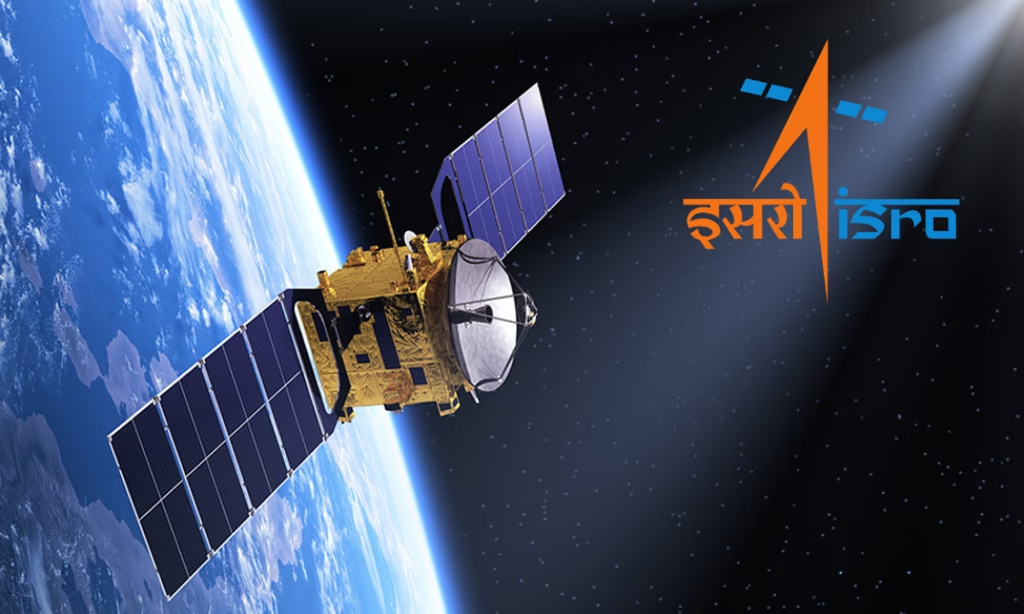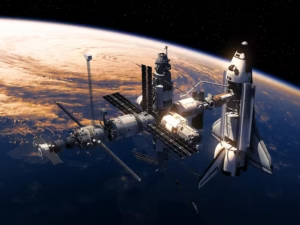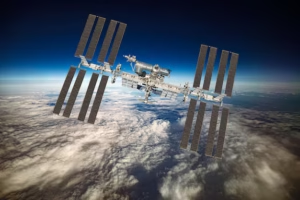NASA: America’s Gateway to Space Exploration
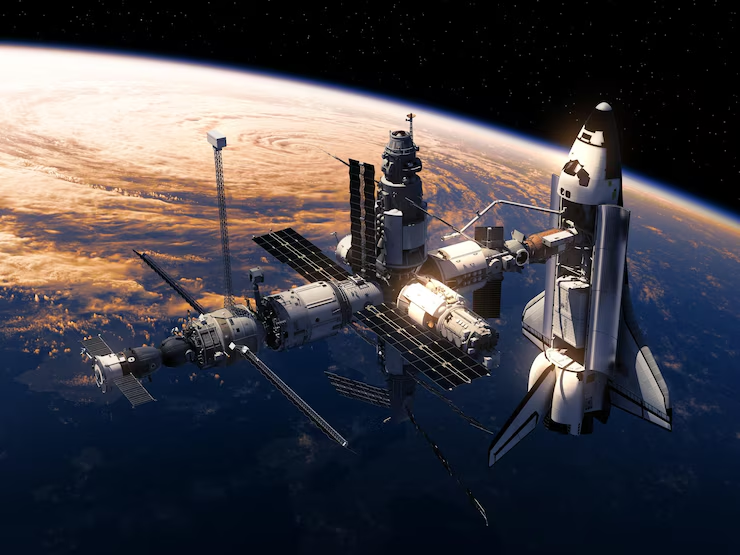
1. Introduction & Origins
NASA — the National Aeronautics and Space Administration — was born out of Cold War urgency. On July 29, 1958, President Eisenhower signed the National Aeronautics and Space Act, officially launching NASA as a civilian agency; it began operations on October 1, 1958, inheriting NACA’s employees, labs, and a $100 million annual budget. Its foundational mission: “To improve life here, to extend life there, to find life beyond. NASA consolidated previously fragmented U.S. space efforts into a coherent, peaceful exploration agency, separating from military control.
2. Early Human Spaceflight: Mercury & Gemini
NASA first tackled human spaceflight through Project Mercury (1958–1963). On May 5, 1961, Alan Shepard became the first American in space during a short submarine flight, followed by John Glenn’s orbital flight on February 20, 1962, completing three Earth orbits in just under five hours. Mercury proved humans could survive launch, weightlessness, and landing.
Next came Project Gemini (1961–1966), which performed ten two‑astronaut flights testing critical lunar mission techniques such as orbital rendezvous and docking, long-duration flight (up to 14 days), and extravehicular activity (EVA). On June 3, 1965, Ed White became the first American to walk in space during Gemini IV These accomplishments laid the groundwork for Apollo.
https://sypertimes.com/isro-indias-space-agency-history-ambitious-missions/
3. The Apollo Era & Moon Landings
President Kennedy’s bold May 25, 1961 challenge—to land a man on the Moon by decade’s end—propelled NASA toward unprecedented ambition. Despite the tragic loss of the Apollo 1 crew in a capsule fire on January 27, 1967, NASA made critical design and safety overhauls that enabled future success.
Apollo 8, on December 24, 1968, achieved the first human orbit of another world and delivered the iconic “Earthrise” photograph broadcast on Christmas Eve—shaping global consciousness about Earth and humanity’s role. On July 20, 1969, Apollo 11 landed Astronauts Neil Armstrong and Buzz Aldrin on the lunar surface; Michael Collins orbited above. They returned safely on July 24, 1969.
Subsequent Apollo missions (12, 14, 15, 16, 17) landed men at diverse lunar sites, collecting 842 lbs of lunar samples, and dramatically extending humanity’s scientific knowledge of the Moon. Apollo 13 (April 1970), though unable to land due to an onboard explosion, executed a safe return—a “successful failure” through ingenuity under pressure.
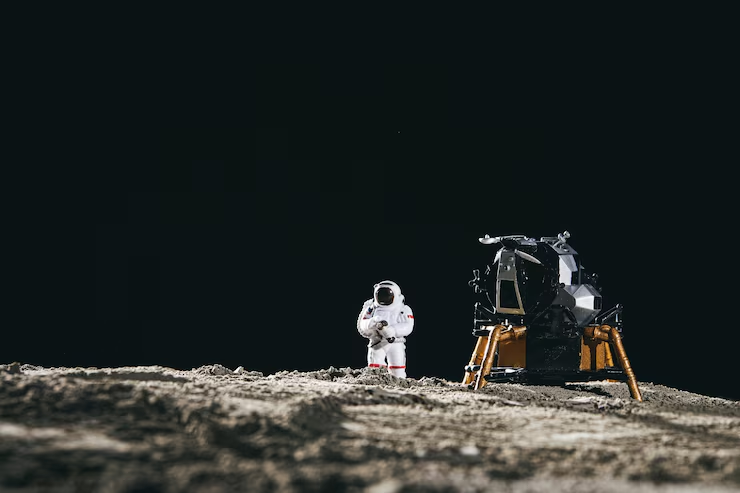
4. Skylab, Apollo‑Soyuz & the Shuttle
After Apollo, NASA pivoted to long-duration orbital science with Skylab in 1973, America’s first space station, hosting three crews into early 1974. In July 1975, NASA and the Soviet space program joined forces in the Apollo–Soyuz Test Project, docking Apollo and Soyuz spacecraft in symbolic marking of détente and cooperation.
From 1981 to 2011, the Space Shuttle era provided reusable access to orbit. STS‑1, the first shuttle mission, launched on April 12, 1981. Over 135 missions followed, enabling Hubble deployment, shuttle‑Mir cooperation, and International Space Station (ISS) construction and servicing. Tragedies occurred: Challenger (1986) and Columbia (2003) disasters claimed crews, prompting major safety reforms. Shuttle flights ended on July 21, 2011, concluding a transformative era in human spaceflight.
5. International Space Station & Commercial Crew
In 1993, NASA and global partners (Russia, ESA, Japan, Canada) announced the ISS project. Its assembly began in 1998, pairing U.S. and Russian modules (Unity and Zarya). The ISS has since served as a microgravity research lab, international cooperation platform, and hub for scientific and medical experiments for over 25 years.
Commercial Crew initiatives began in the 2010s. In October 2012, SpaceX launched the first commercial cargo resupply mission to the ISS. Crewed partnerships led NASA to rely less on foreign services and more on providers like SpaceX Crew Dragon and Boeing Starliner, restoring U.S. crew launch capability.
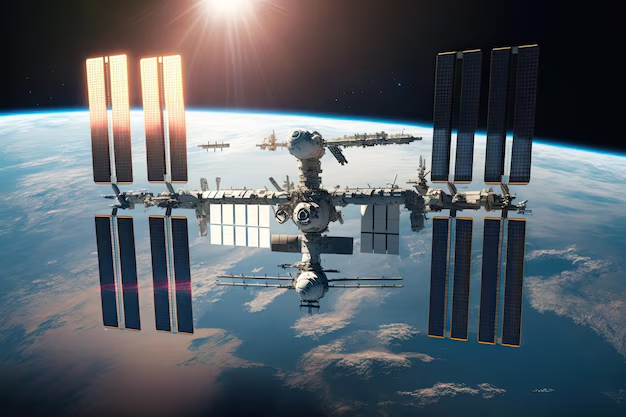
6. Robotic Exploration: Mars, Outer Planets & Beyond
Parallel to human programs, NASA has led robotic exploration across the solar system:
- Pioneer and Mariner missions of the early 1960s; Mariner‑2 flew by Venus in December 1962.
- Voyager 1 & 2, launched 1977, delivered first close encounters with Jupiter, Saturn, Uranus, and Neptune, and Voyager 1 later entered interstellar space, becoming the farthest human-made object known.
- Viking 1, launched August 1975, landed on Mars on July 20, 1976, exploring surface and atmosphere and becoming the first successful U.S. Mars lander.
- Late‑1990s to 2000s missions include Cassini–Huygens (Saturn and Titan), Dawn (asteroids Vesta & Ceres), New Horizons (Pluto flyby in 2015), Mars Rovers: Spirit and Opportunity (2004), Curiosity (2012), Perseverance (2021) with the aerial drone Ingenuity (first powered flight on Mars).
- MESSENGER, studying Mercury, orbited from 2011 to 2015 after launch in 2004, closing with a controlled crash on April 30, 2015.
Robotic missions have vastly expanded knowledge of planetary geology, atmospheres, exoplanets, and more while driving technological innovation.
7. Artemis Program & the Return to the Moon
Building on past achievement, NASA’s Artemis program is designed to return astronauts to the lunar surface and establish sustainable human presence.
- Artemis I (Nov–Dec 2022): an uncrewed test flight of the Space Launch System (SLS) and Orion spacecraft. Orion flew in lunar orbit and returned to Earth safely—validating heat shield and system performance.
- Artemis II, scheduled no earlier than April 2026, will be the first crewed test flight around the Moon.
- Artemis III, planned for 2027, aims to land astronauts on the Moon’s south pole—first U.S. landing since Apollo 17—with commercial Starship Human Landing System (HLS) docked at lunar orbit.
- Planned future missions include Artemis IV through X (2028–2035), building out the Lunar Gateway—a modular space station in lunar orbit—and delivering infrastructure like I‑Hab habitat, Canadarm3, refueling modules, and mobile lunar habitats.
Artemis not only continues NASA’s legacy of exploration, but also expands international and commercial collaboration through Artemis Accords and partnerships.
8. Impact & Legacy
NASA’s work has generated both profound intangible and tangible benefits. Although human spaceflight programs are extremely costly and difficult to measure in strictly economic terms, their social and cultural impact—national pride, inspiration, global leadership—has been immense. Iconic images like Earthrise or the Blue Marble have reframed our global perspective and environmental consciousness.
The technological spillovers—from satellite communications to digital flight controls, from robotics to advanced materials—have reshaped fields like aviation, computing, medicine, and Earth science.
International cooperation since Apollo‑Soyuz, Shuttle‑Mir, and the ISS has fostered unprecedented collaboration across political boundaries, setting the template for future partnerships in deep-space missions.
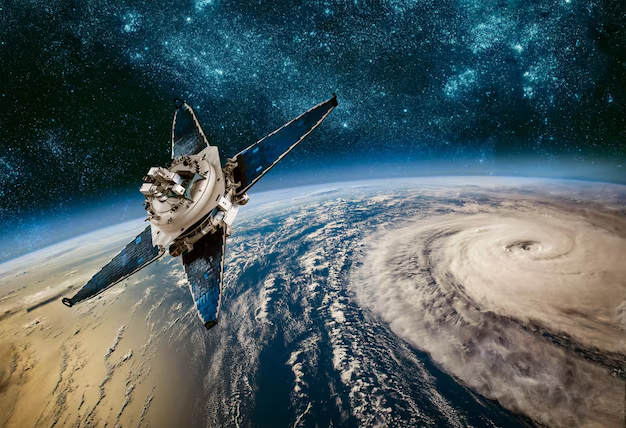
9. In Summary
Over nearly seven decades, NASA’s journey can be segmented:
- 1958–1965 – Foundation → Mercury & Gemini human flights
- 1961–1972 – Apollo moon landings and lunar science
- 1970s – Skylab science station, Apollo‑Soyuz diplomacy
- 1981–2011 – Reusable shuttle operations, satellite deployment, ISS construction
- 1990s–2020s – Global robotic exploration (Mars, outer planets, exoplanets)
- 2020s–2030s – Artemis-led lunar return, Gateway lunar station, commercial-public space partnerships
NASA’s legacy is unmatched in the annals of space exploration. It asked tough scientific and engineering questions—and answered them at scale. Its influence spans generating new knowledge, inspiring generations, forging international collaboration, and driving forward humanity’s next giant leaps. As Artemis unfolds and new missions depart, NASA’s story continues—bold, ambitious, and forward‑looking.
